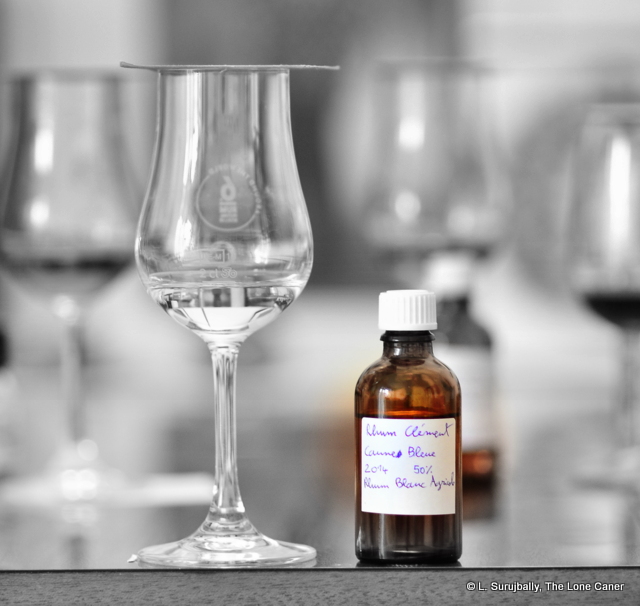The Damoiseau 8 YO was for years one of the unsung stars of the brand, a rhum that has been made year in and year out for ages, and the one that edged most into premiumized territory without actually being one itself 1. But if its increasing online unavailability and absence on the webpage of the company is any indication, we might be seeing it headed for a decline and discontinuation, and if that’s true then my advice for those reading this review would be to stock up, because this is one pretty damned fine piece of work, and you’ll miss it once it’s gone. Yes there are older ones in Damoiseau’s portfolio, and yes there are worse (though not all are cheaper) – but as an all round people pleaser and near premium standard strength rhum, this one presses a lof of the right buttons.
For all that, you would be hard pressed to find a review of this specific rhum anywhere online. Rum Ratings has a single dismissive 4/10 assessment while Rum-X has seven, averaging out at 81 points; and not one of the english language regulars (including me, up to today) have ever written about it, and that includes reddit’s usually reliable /r/rum sub. I’m not casting blame on anyone for the omission, mind you, because that would be unfair: Damoiseau makes literally dozens of aged expressions, they vary in availability, and seems to cycle them in and out of production without notice (I’ve been told it’s a supply issue since they don’t always have enough rhums on hand to make the ones they want to, all the time); some have greater outturns, some less. I merely maintain that for a rhum that’s this good, it’s a pity that more attention was not paid.
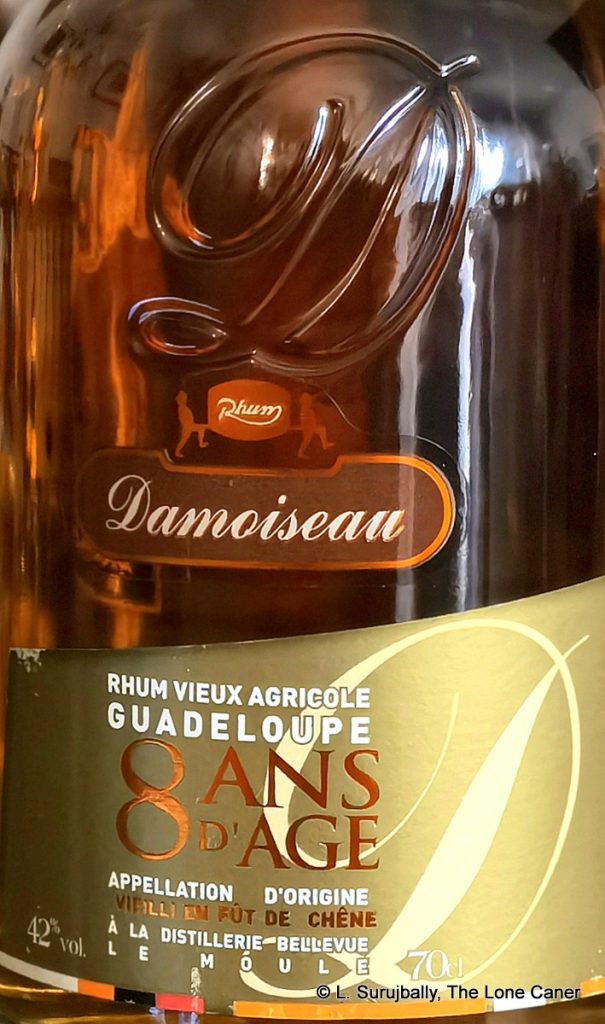 Let’s go through the tasting, then (which came from a bottle I had bought for about €60 three years ago, if you’re curious about these things – I only just got around to opening it). The rhum is 42% and from cane juice, a quite straightforward agricole without any fancy flourishes. It hails from Guadeloupe, run through a column still and aged in oak casks for eight years, then blended. If it was aged in Europe we’d hardly blink, and pass it by without stopping.
Let’s go through the tasting, then (which came from a bottle I had bought for about €60 three years ago, if you’re curious about these things – I only just got around to opening it). The rhum is 42% and from cane juice, a quite straightforward agricole without any fancy flourishes. It hails from Guadeloupe, run through a column still and aged in oak casks for eight years, then blended. If it was aged in Europe we’d hardly blink, and pass it by without stopping.
But nose it and you begin to get an indication of its hidden quality. It’s soft, warm, mellow and quite fruity, with just enough of a tang to it to stop it from being…well, boring. Vanilla ice cream, dates, white guavas, green peas, pears and watermelon can be sensed, which is good, but we’ve had rums that started like this and then lacked contrasting aromas to balance things off with something more tart, so do we get that, or will it just be a yawn through? Fear not: the rhum shows off some weak notes of pineapple and strawberries, as well as herbs (dill, rosemary, cardamom) and that indefinable green grassiness with lemon zest that marks the agricole rhum. There’s balance in the Force, so to speak and while it’s not particularly strong (that mild 42% has its downsides too), there’s little to complain about.
Although it gave a good account of itself on the plate, tastewise it’s not as complex as the nose suggested. Again, fruits lead the way, soft, fleshy, rich, and musty: overripe peaches, dates, apricots and prunes. For a layer of sharper notes we have some apples and grapes (quite ripe), honey, a touch of licorice, honey and those herbs again, very faint now. It’s good, just not as developed as one might wish. The finish, though, is nice: short and spicy with a lingering aftertaste of coca cola, licorice, soft pineapples, grass, water melons and papaya. It’s all there, just difficult to tease out at times.
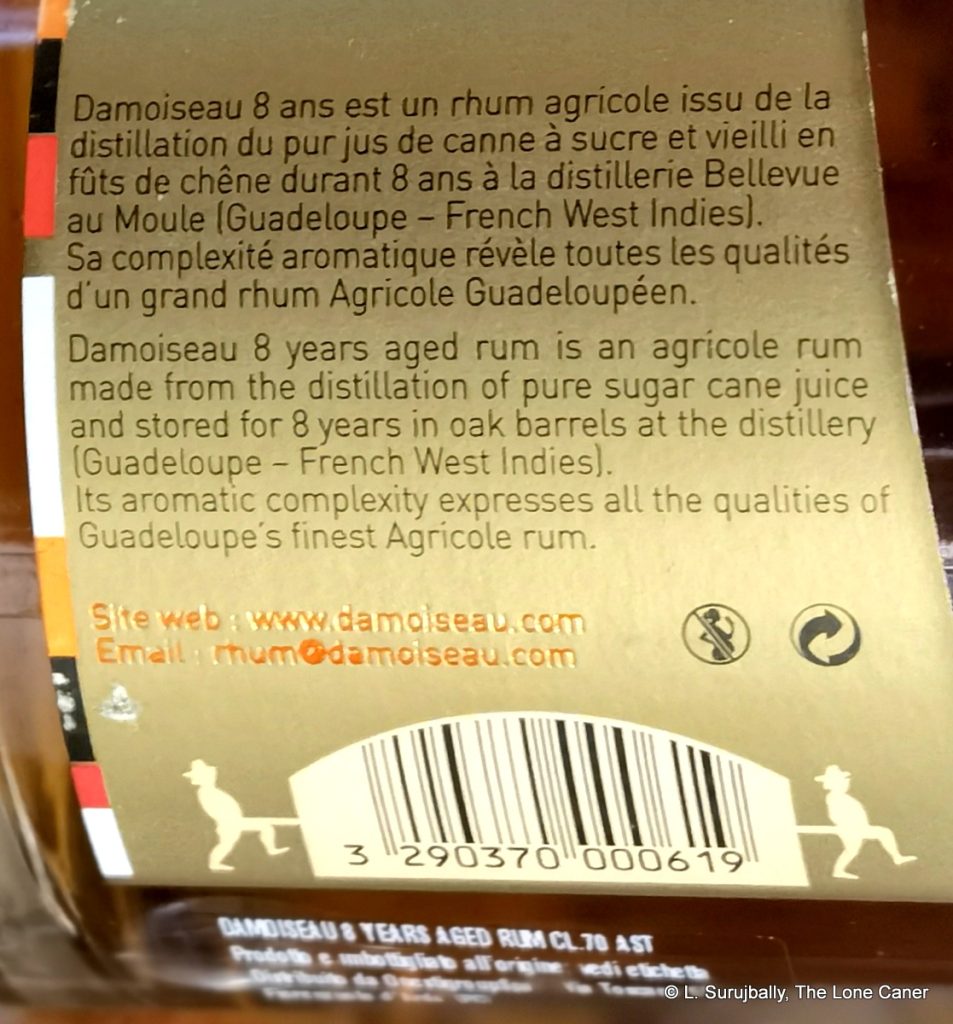 The rhum, then, is an interesting balance of hits and misses., We sort of sense more than we get, yet the imagination does help enrich the experience. What I’ve described is what I smelled and tasted, and it worked well, even if it doesn’t all come together completely — as I said, the strength can be too mild for some. Yet I like Damoiseau rhums generally and this one specifically – had it been cheaper and more solid in the other criteria I might have noted it as a Key Rum, ahead of the Five Year Old. Perhaps the rhum’s best recommendation comes from Damoiseau themselves: they have released at least three different 8YO cuvees over the years from different years, suggesting they at least have great faith in its qualities. Those are higher priced, of course — they get marketed as vintage premiums — so my suggestion would be to see if you can get the “standard” 8 YO when available, because to my mind it’s a really good rum, and an undiscovered steal.
The rhum, then, is an interesting balance of hits and misses., We sort of sense more than we get, yet the imagination does help enrich the experience. What I’ve described is what I smelled and tasted, and it worked well, even if it doesn’t all come together completely — as I said, the strength can be too mild for some. Yet I like Damoiseau rhums generally and this one specifically – had it been cheaper and more solid in the other criteria I might have noted it as a Key Rum, ahead of the Five Year Old. Perhaps the rhum’s best recommendation comes from Damoiseau themselves: they have released at least three different 8YO cuvees over the years from different years, suggesting they at least have great faith in its qualities. Those are higher priced, of course — they get marketed as vintage premiums — so my suggestion would be to see if you can get the “standard” 8 YO when available, because to my mind it’s a really good rum, and an undiscovered steal.
(#922)(85/100) ⭐⭐⭐½
Other Notes
- As noted, there are several rhums labelled as being eight years old in the Damoiseau stable. The one I write about is the one lacking any flourishes or badges of premiumization. It’s not the 8 Year Old Cuvee du Millénaire from 2002 or 1993, or the Rhum Vieux Cuvée du XXIème siècle, which all come in a flask similar to the famed 1953; or the Millesime 2008 Cuvee (that one is 47.9%) or any of those made for other specific years.
- Herve Damoiseau, when approached, said (as others had also suggested) that availability of stocks was the issue for the decline in releases of the standard 8 YO. A new 2014-distilled version is due for release in 2022.
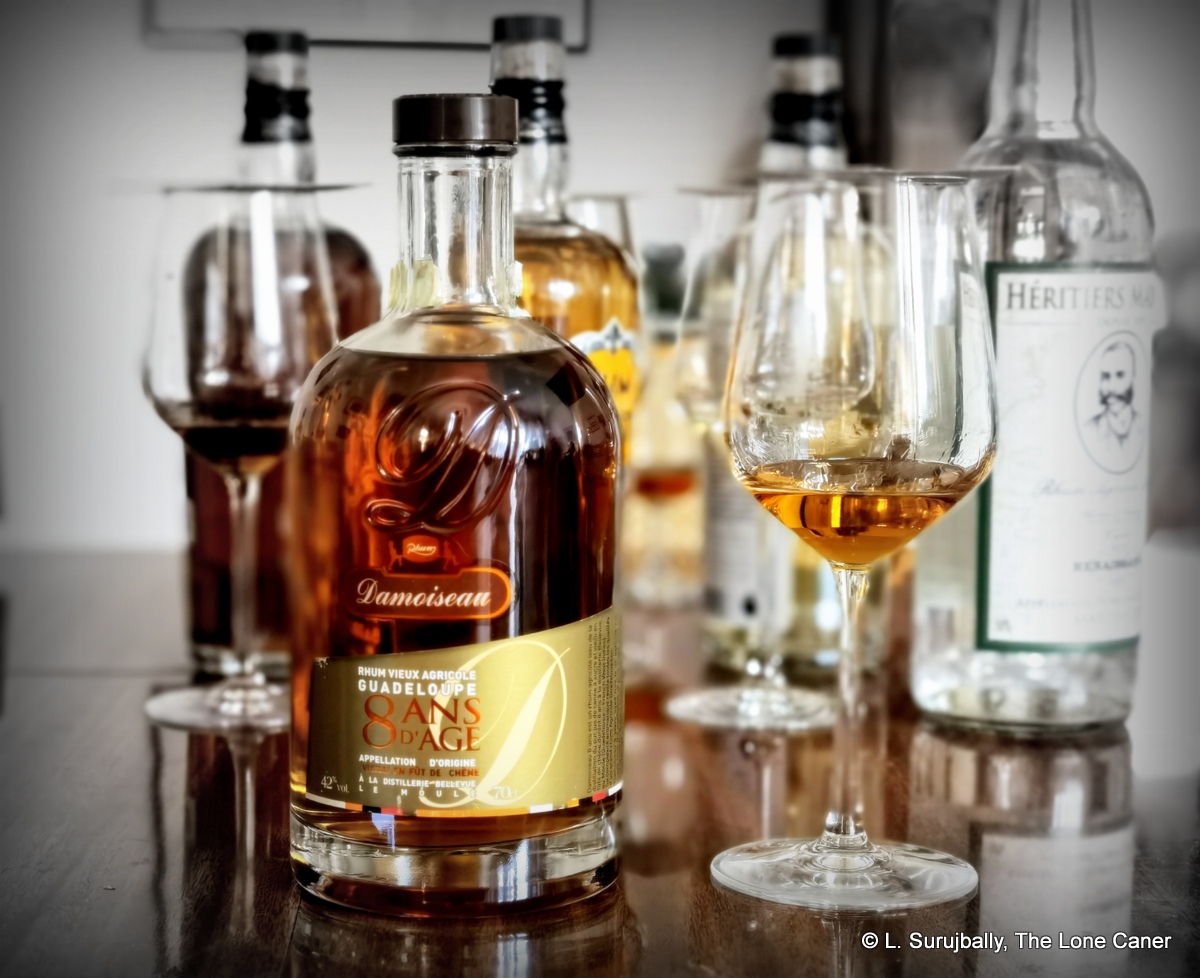
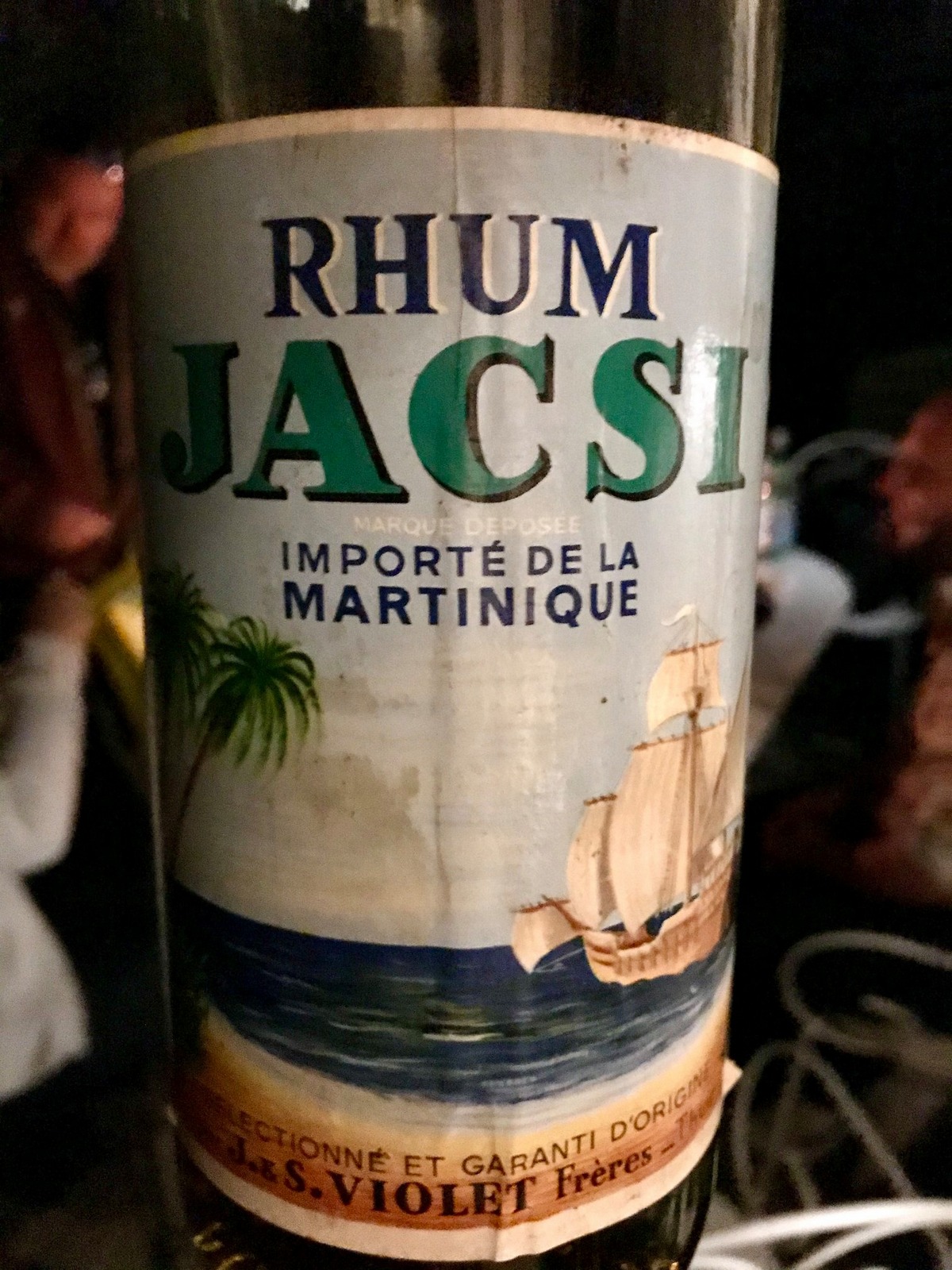
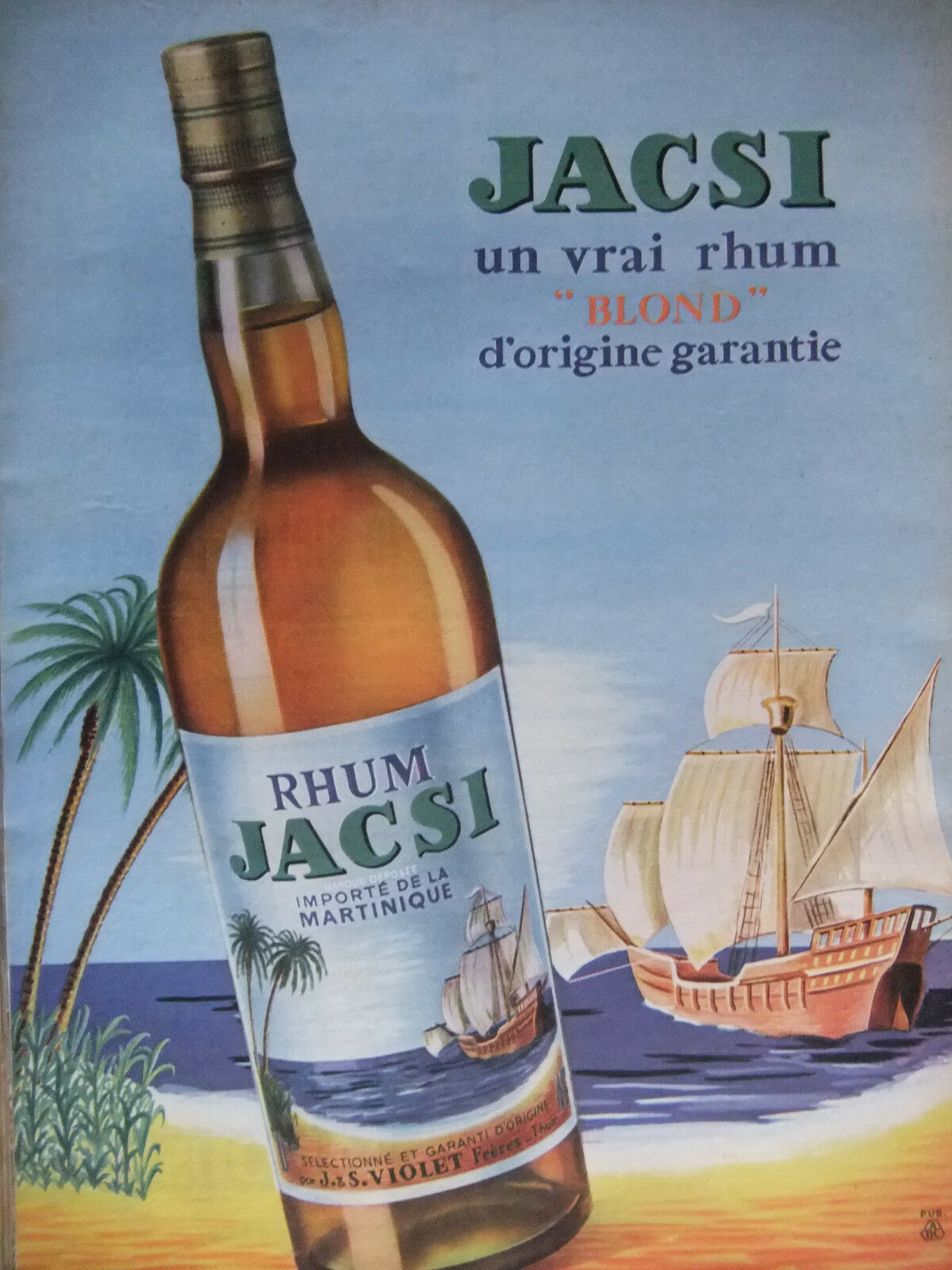

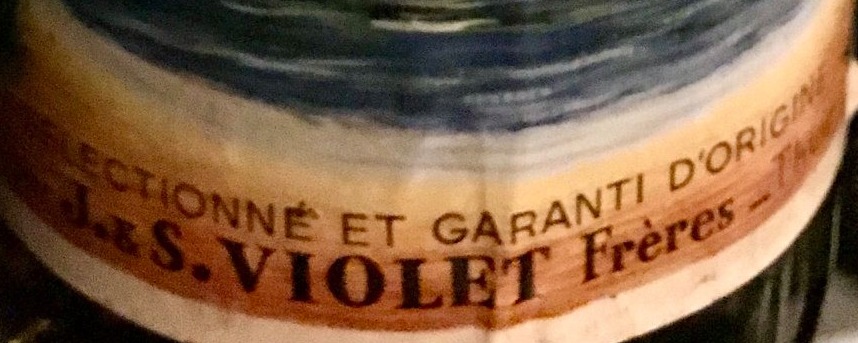


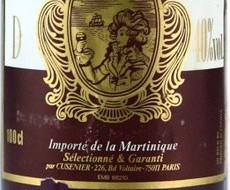
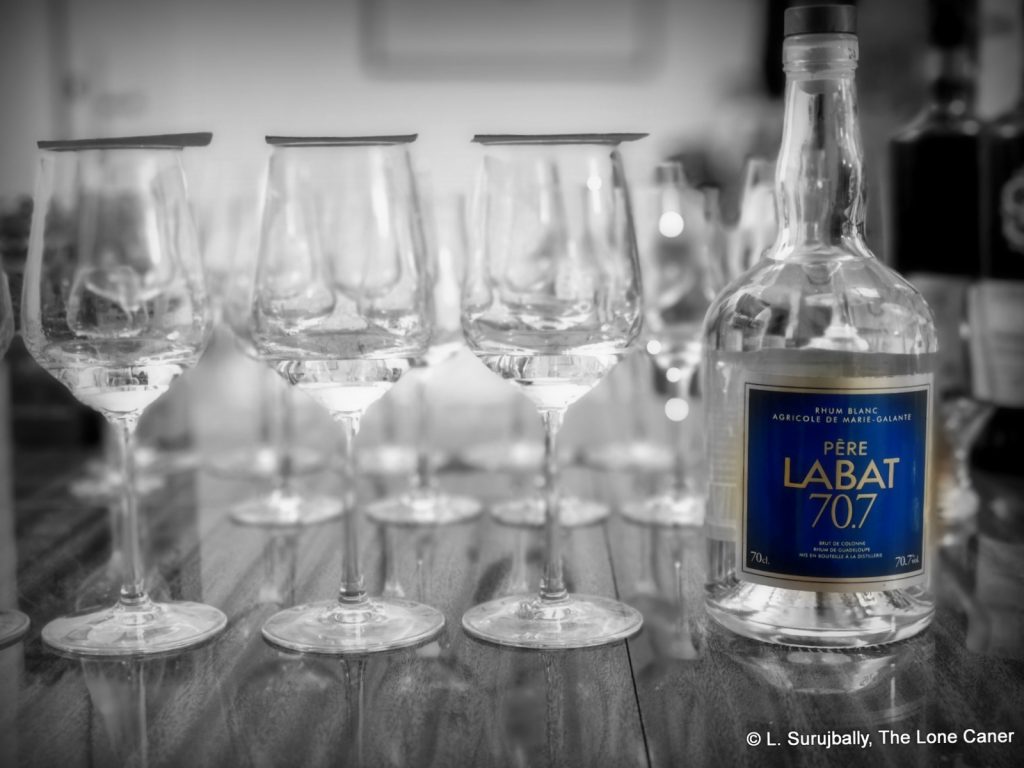
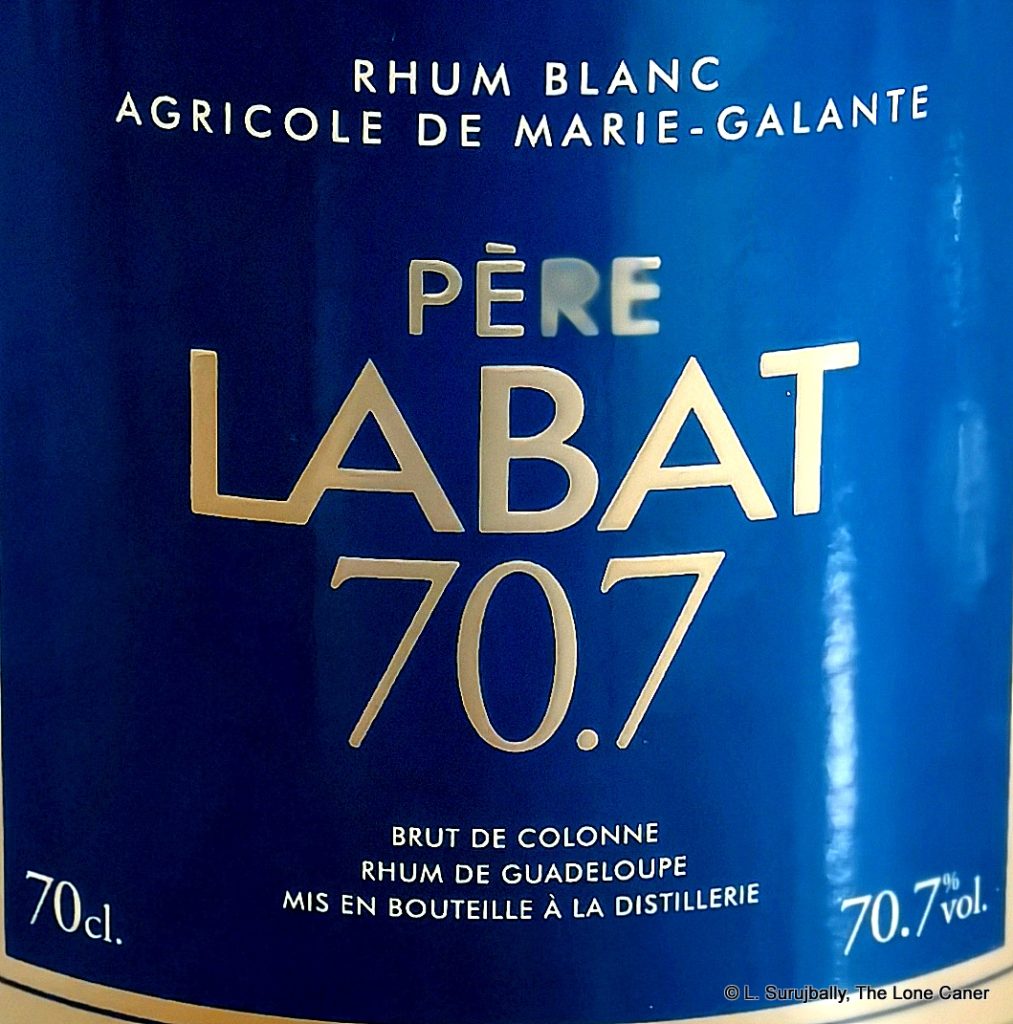
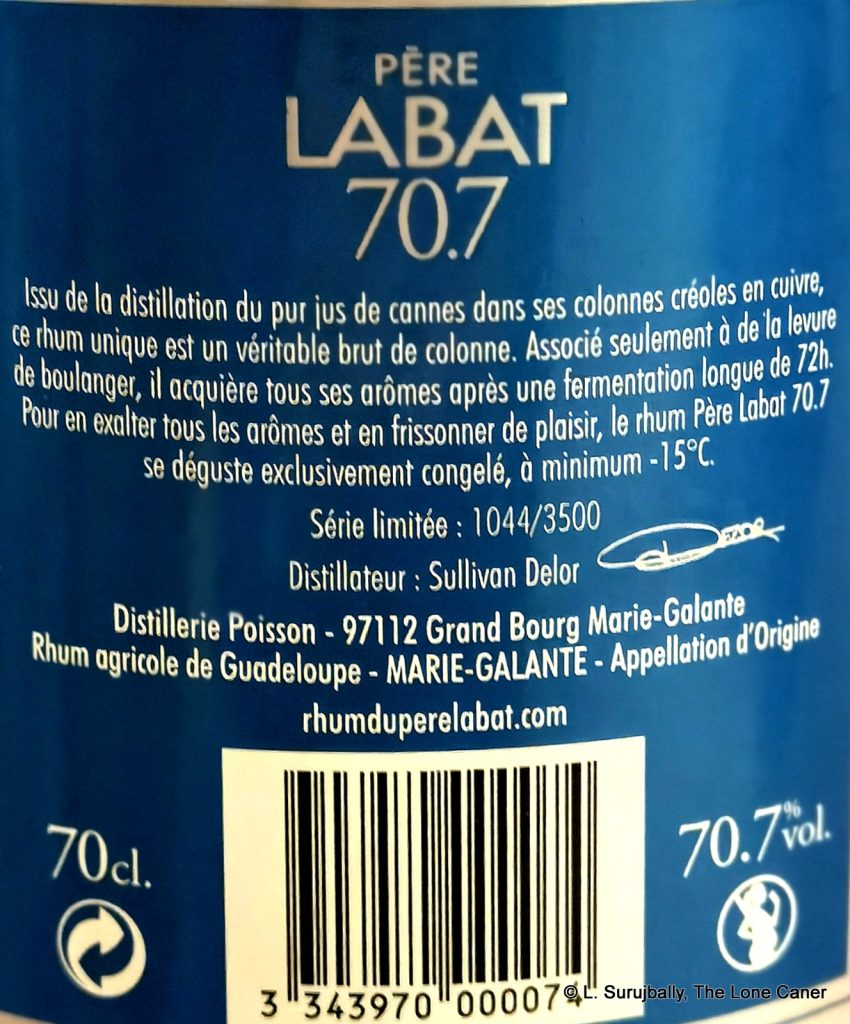
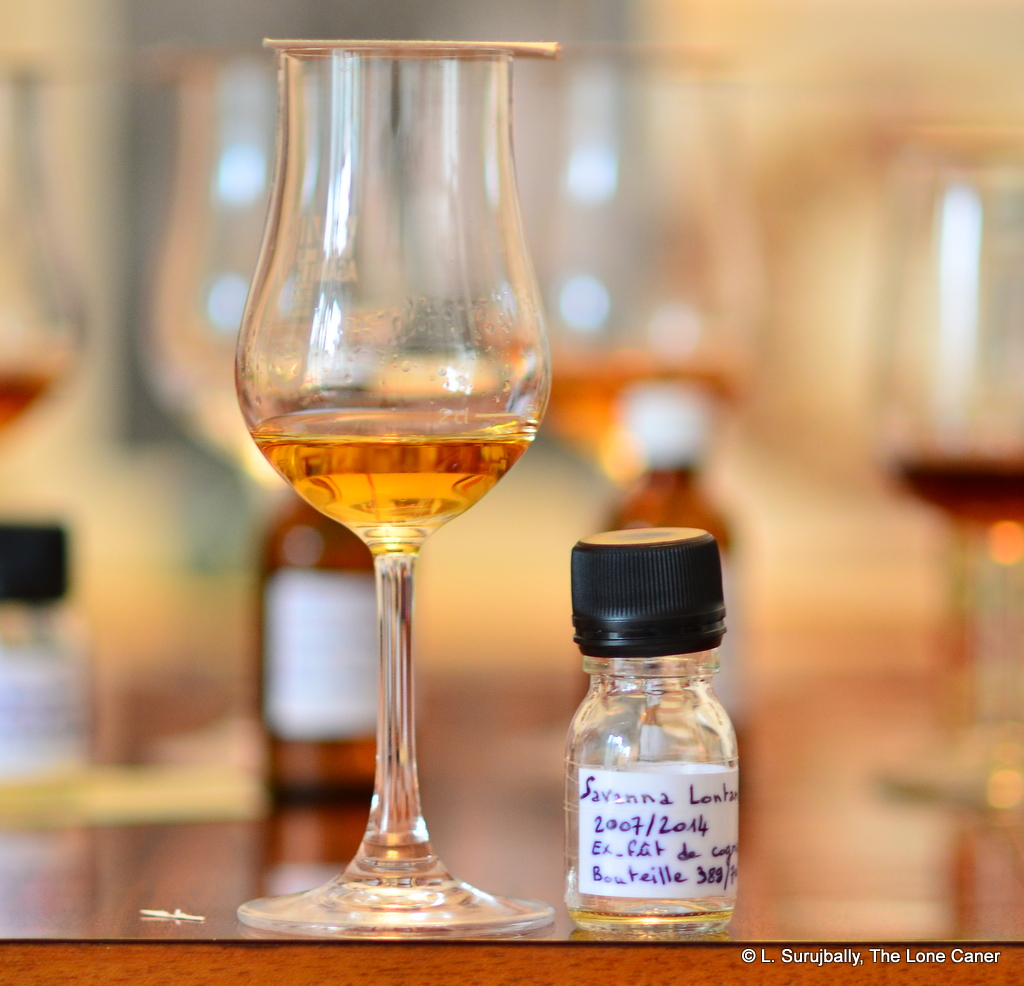
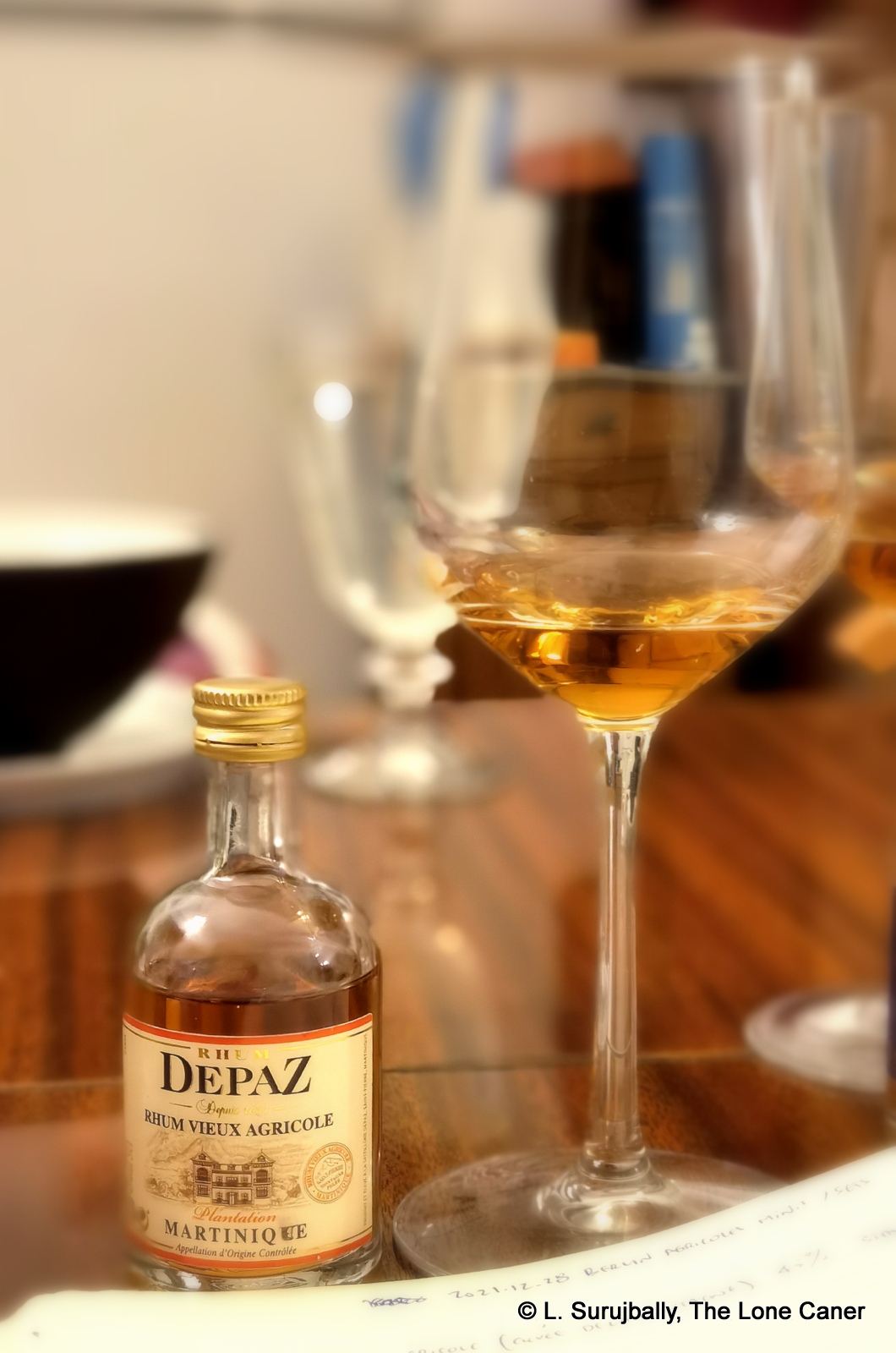
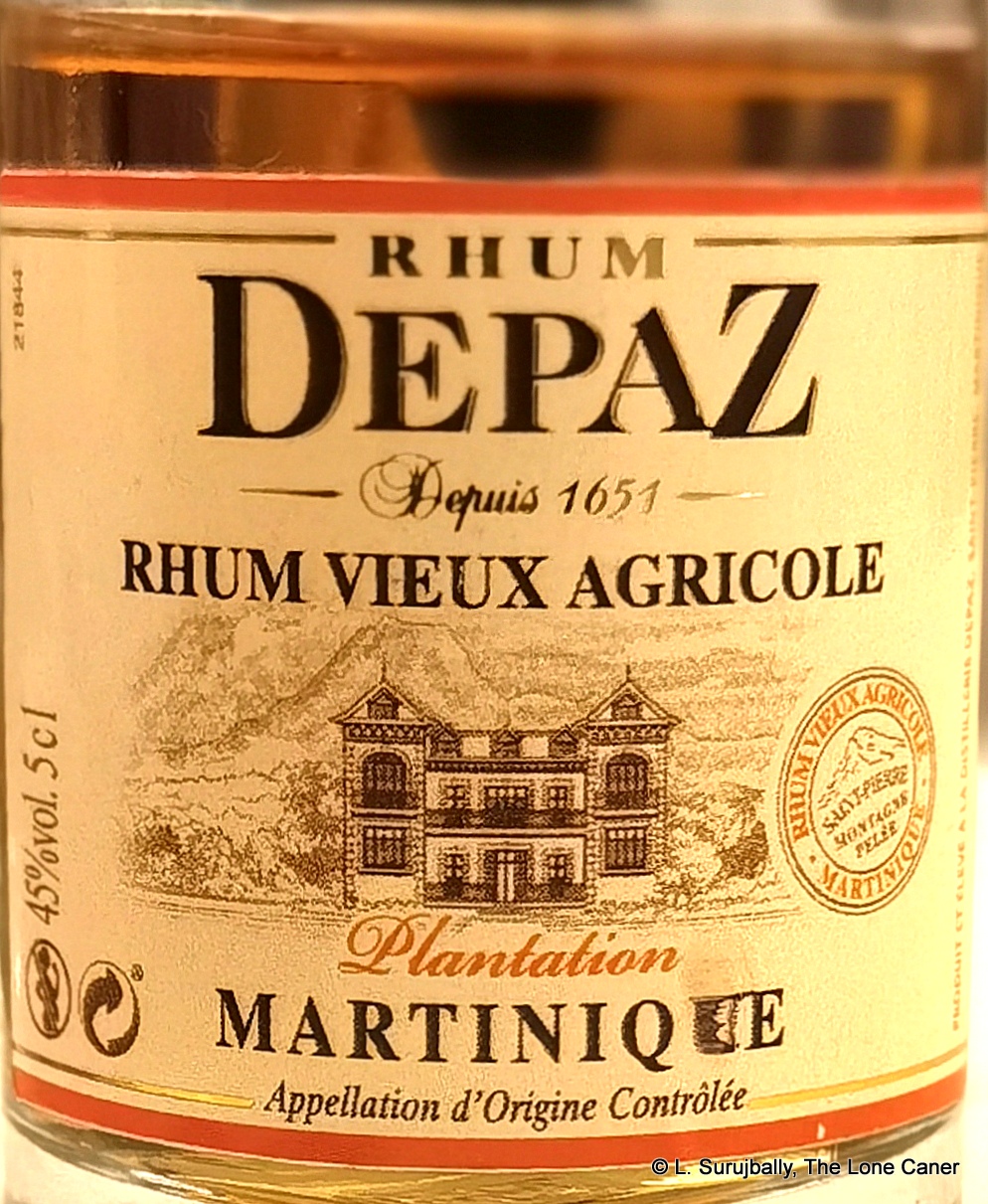
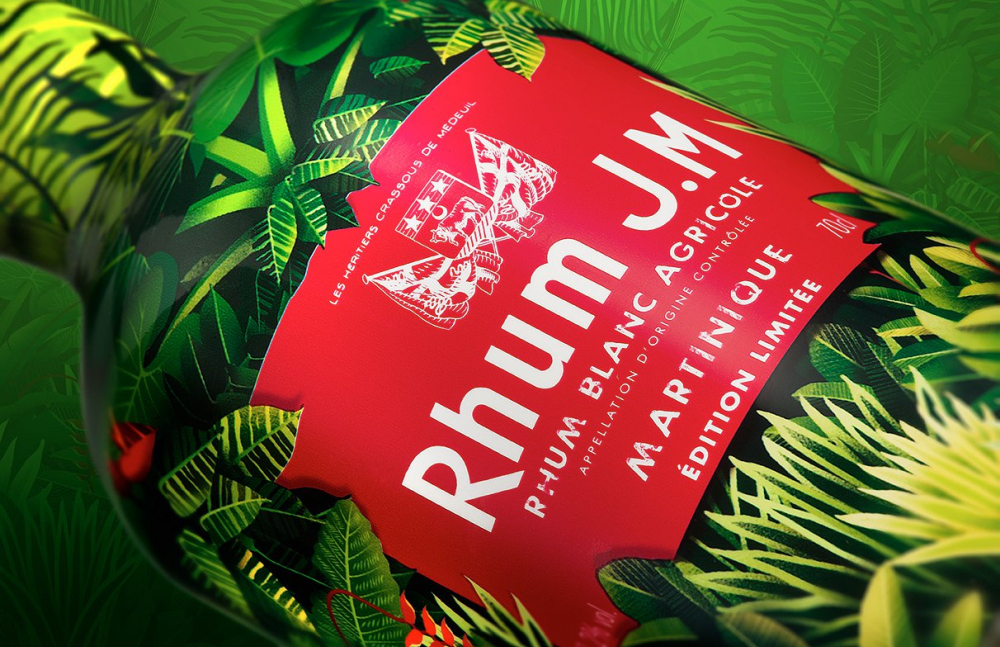


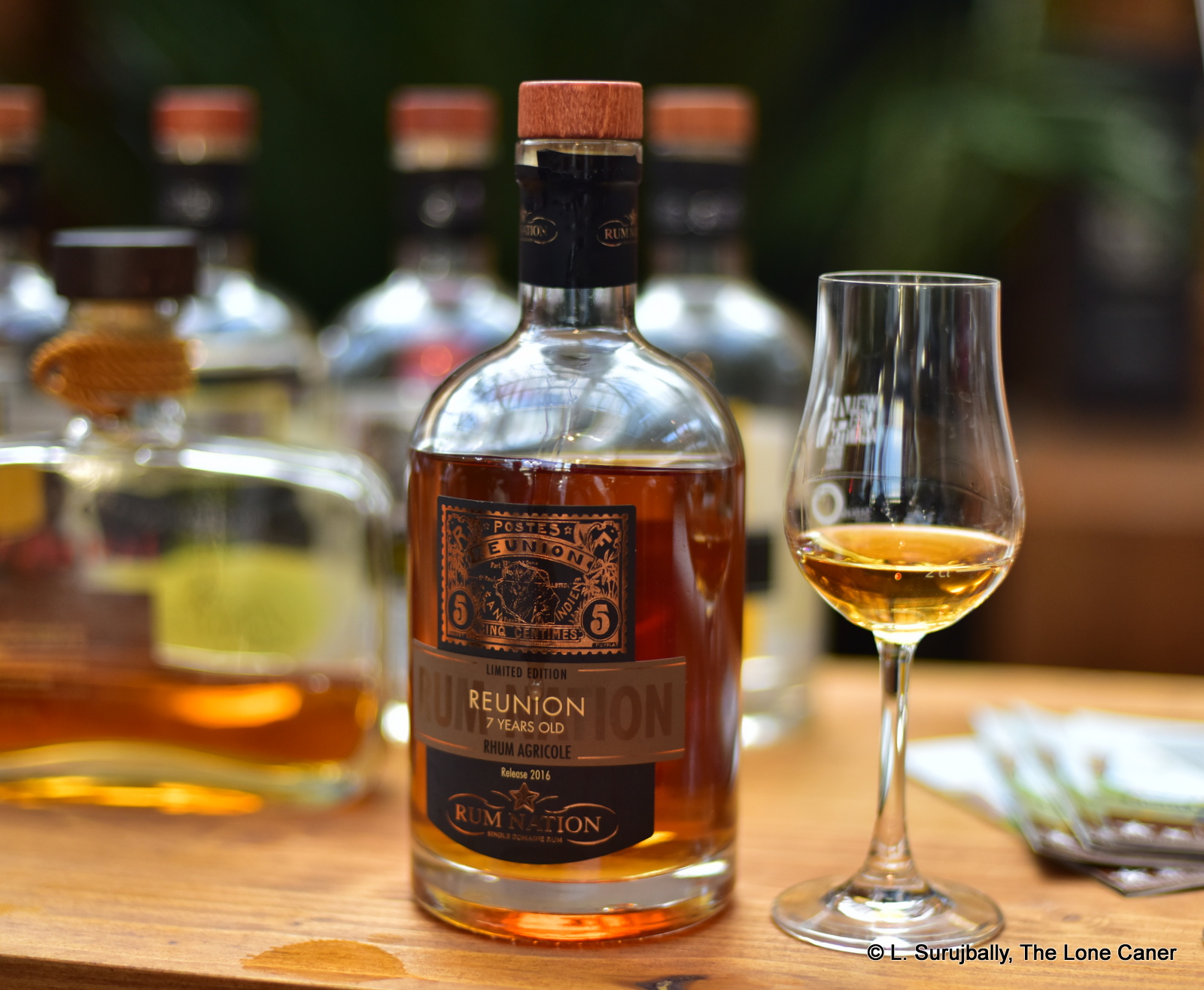
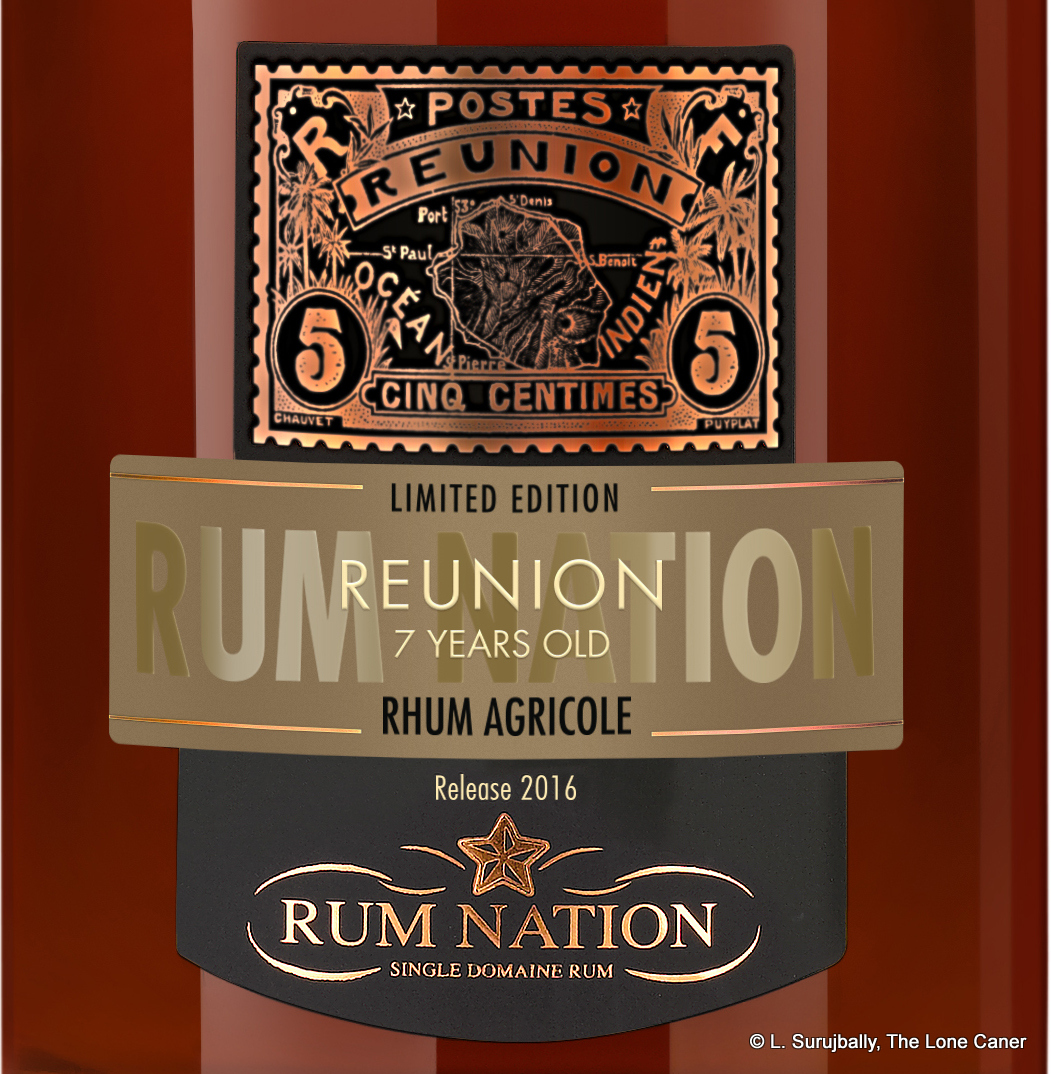
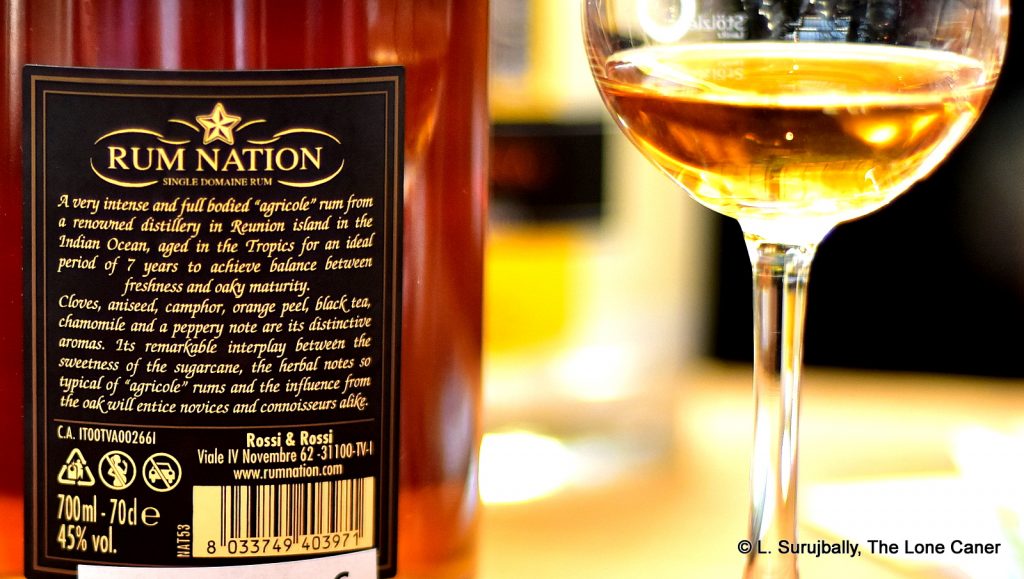
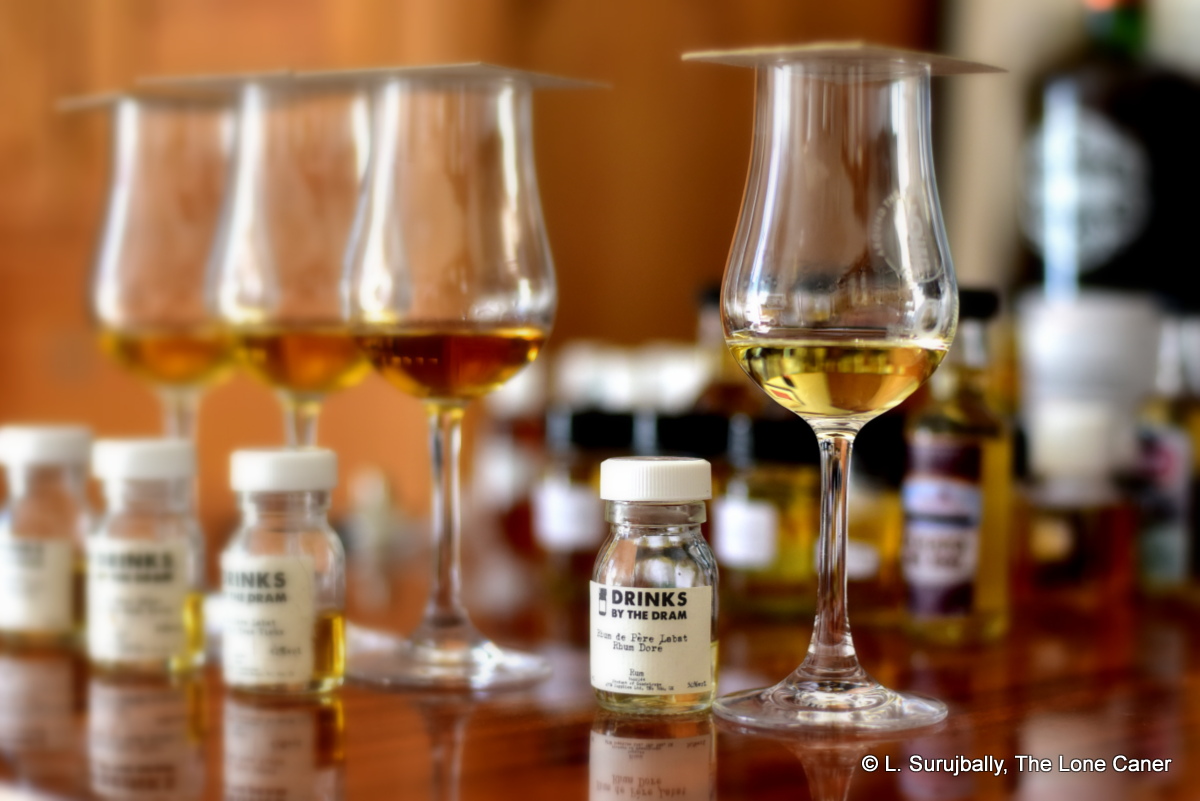
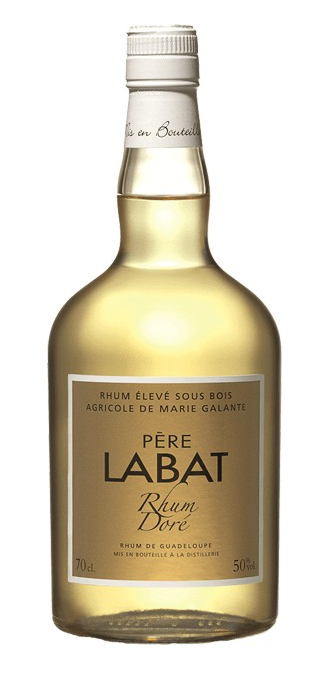
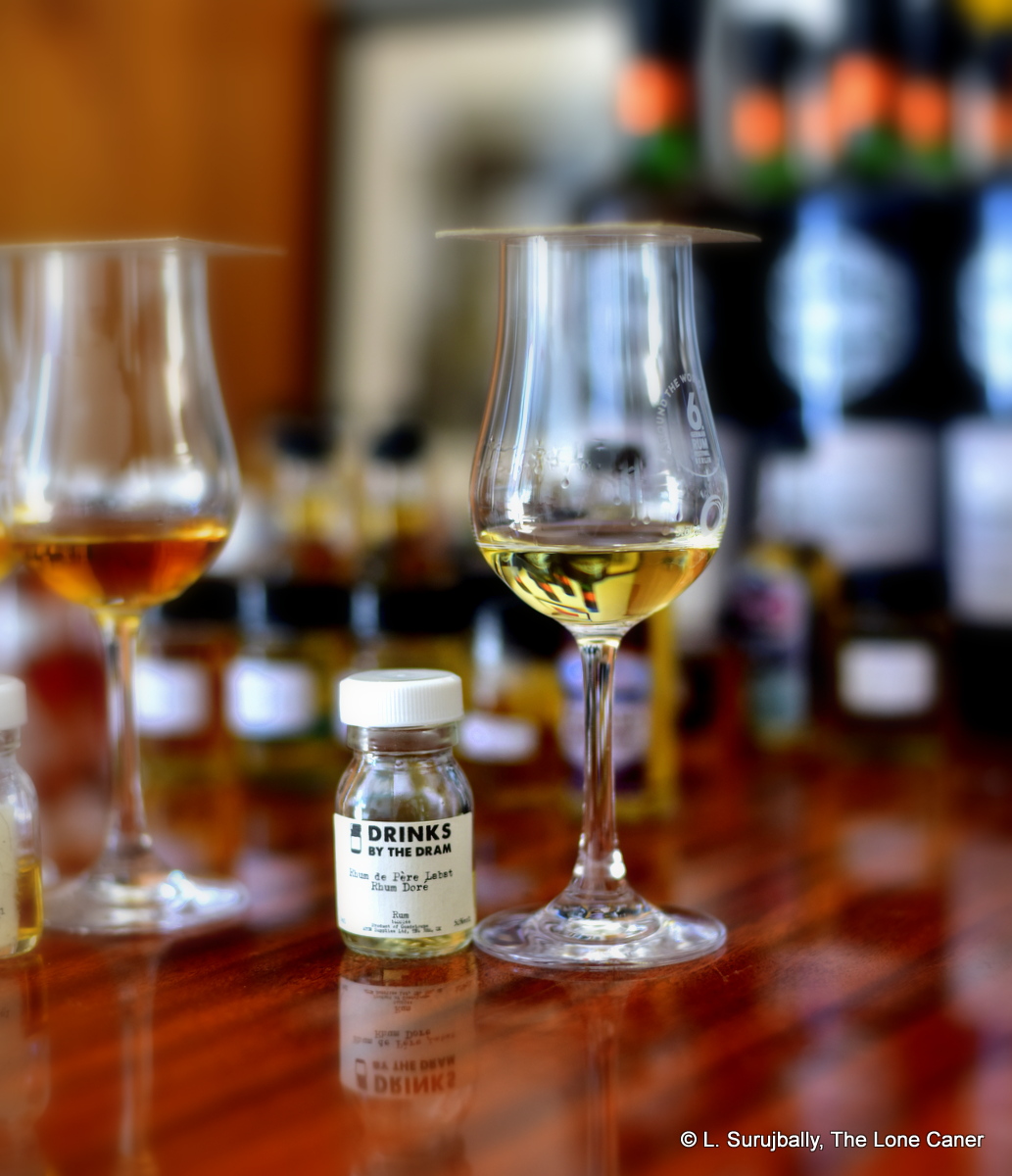
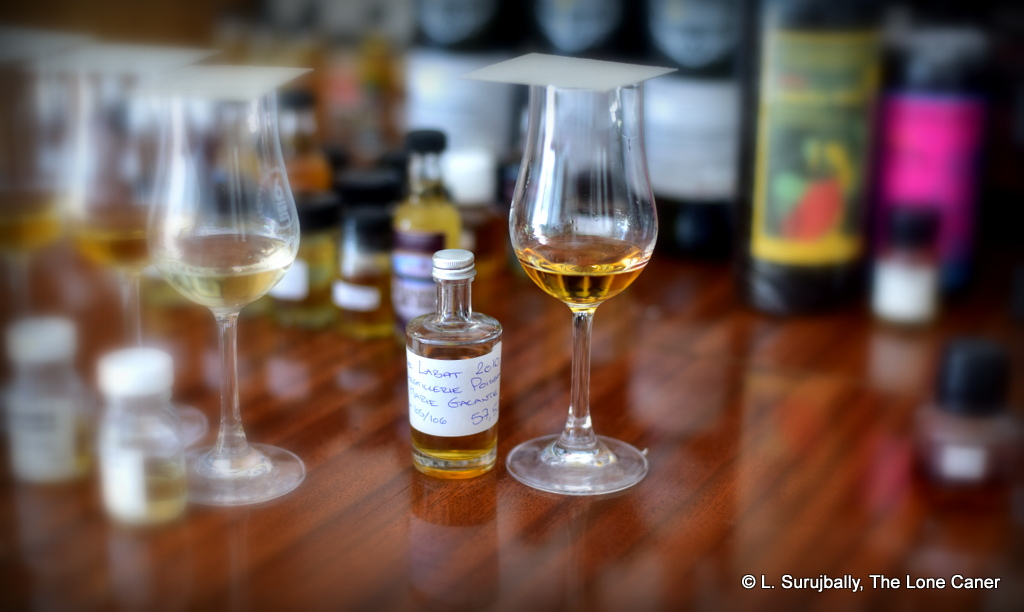
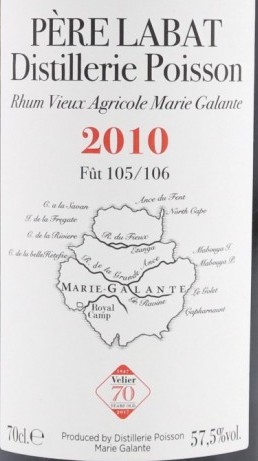
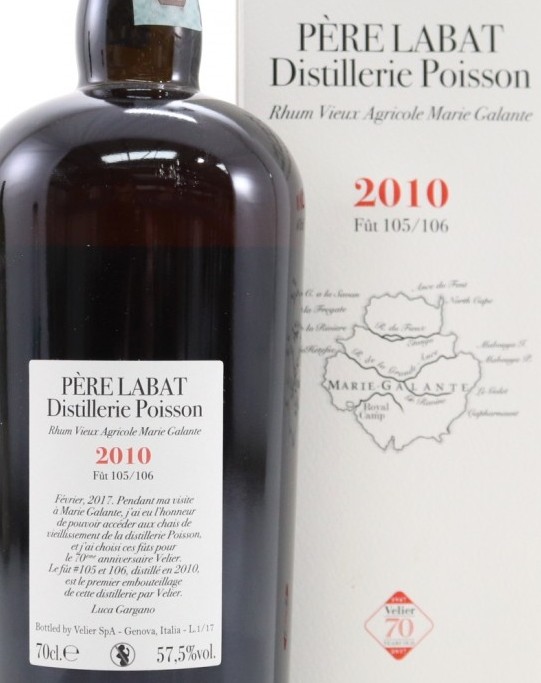
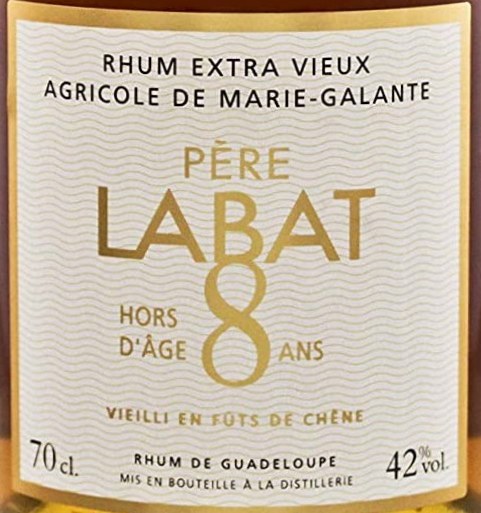
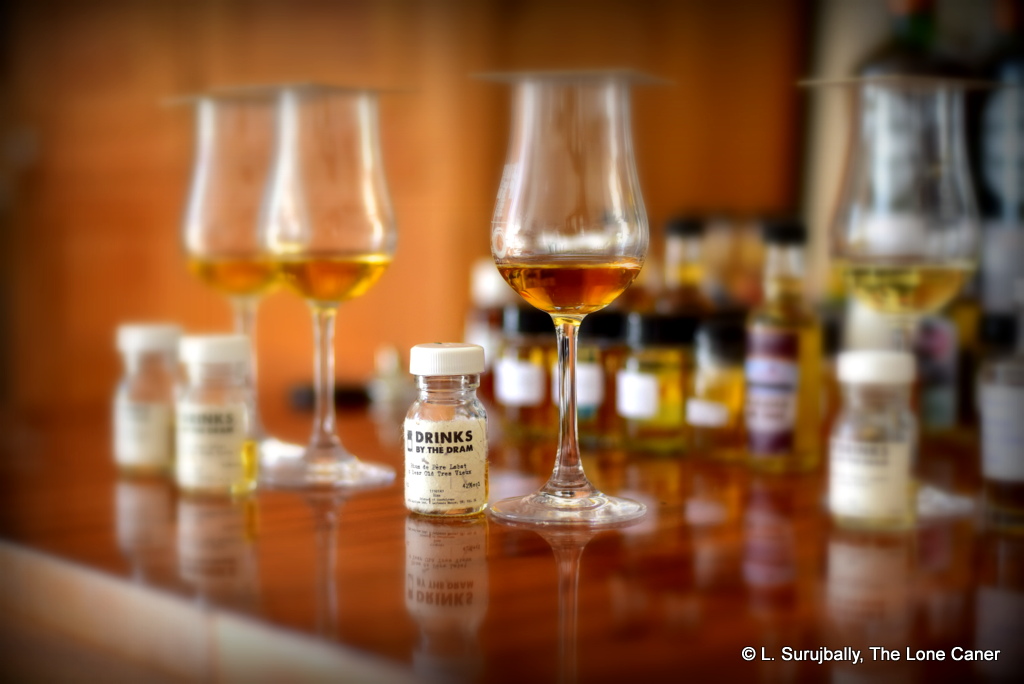



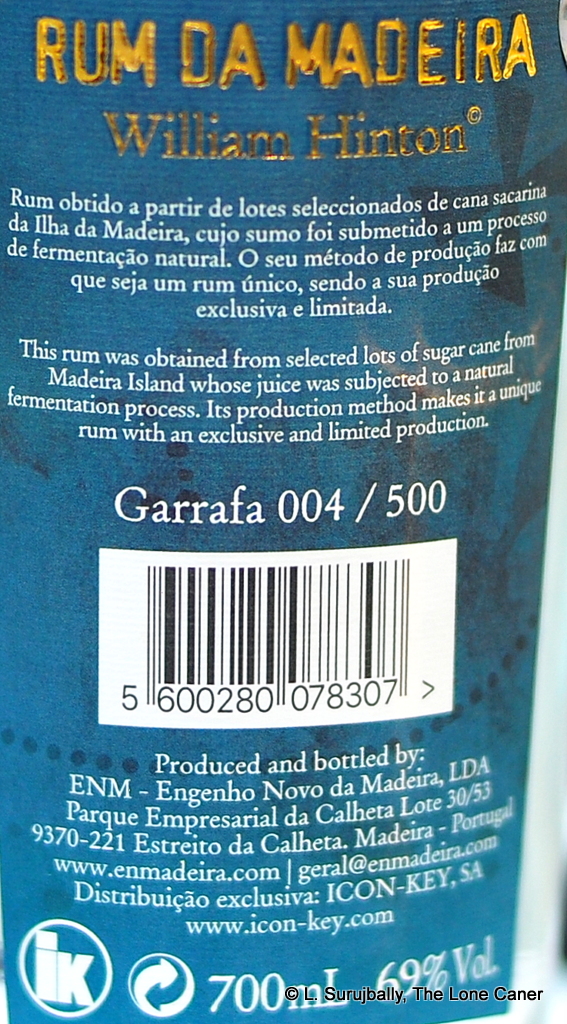
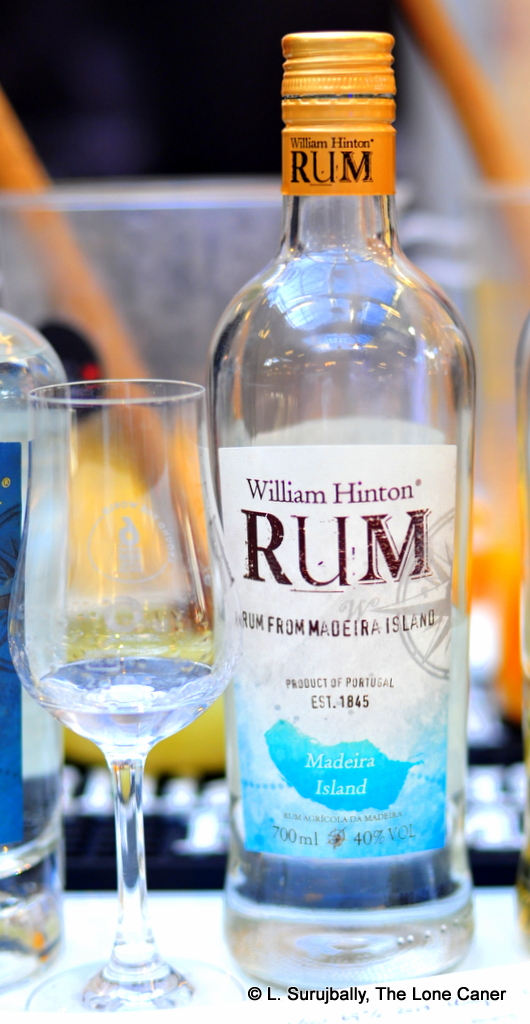
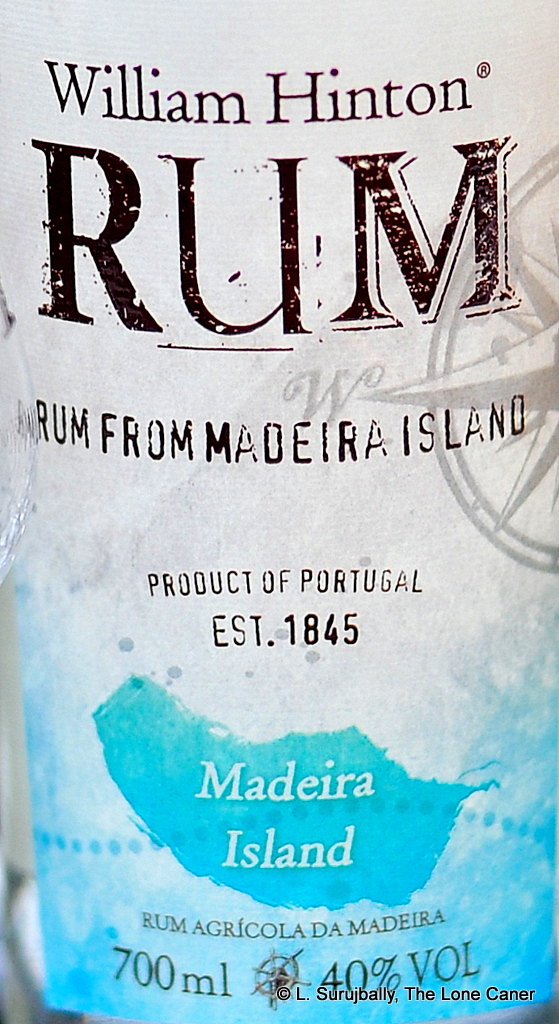
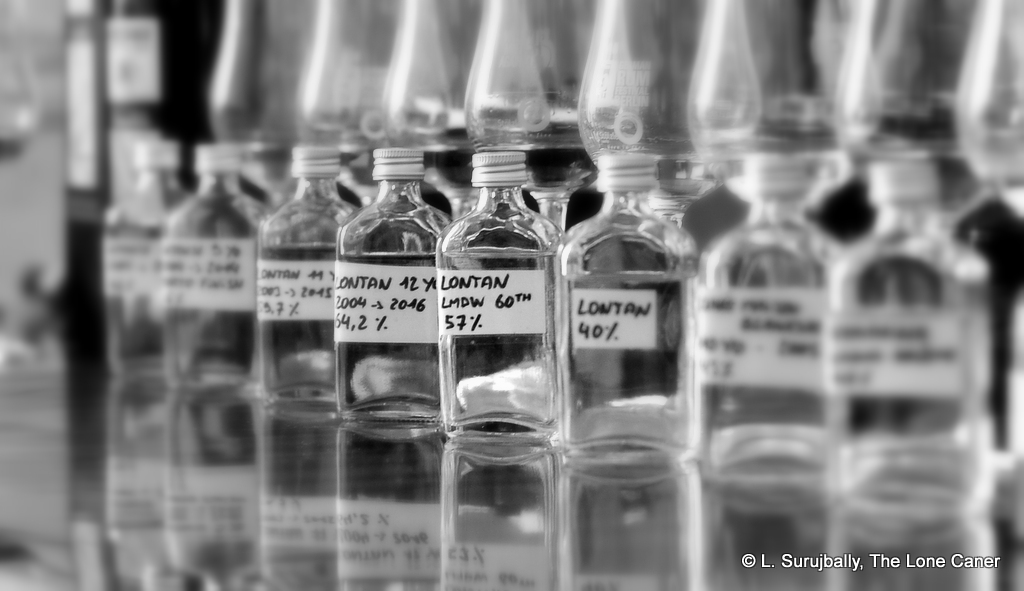
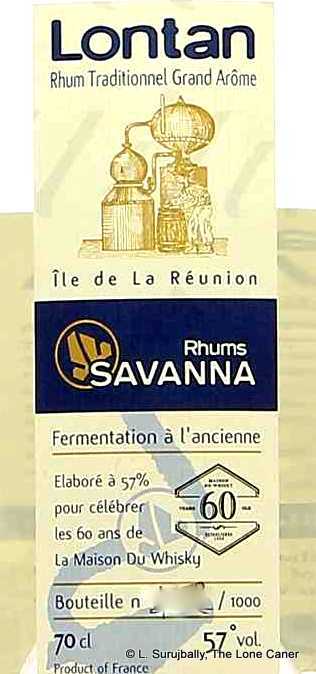 Still, this 57% ABV grand arôme, which was released in 2016 for La Maison Du Whisky’s 60th Anniversary (they went into partnership with Velier the following year and formed LM&V), seemed at pains to make the point yet again. In this case, it clearly wanted to channel a cachaca duking it out with a DOK, for it nosed pretty much like they were having a serious disagreement: vegetables and oversweet fruits decomposing on a hot day in a market someplace tropical; herbs, wet grass, sweet pickles, hot dog relish (I know what this sounds like!); sugar water; iodine, papaya, strawberries; wax, brine and cucumbers in a light pimento-soaked vinegar. I mean, seriously, does that remind you of any rum you’ve ever tried? I both liked it and wondered where the rum was hiding.
Still, this 57% ABV grand arôme, which was released in 2016 for La Maison Du Whisky’s 60th Anniversary (they went into partnership with Velier the following year and formed LM&V), seemed at pains to make the point yet again. In this case, it clearly wanted to channel a cachaca duking it out with a DOK, for it nosed pretty much like they were having a serious disagreement: vegetables and oversweet fruits decomposing on a hot day in a market someplace tropical; herbs, wet grass, sweet pickles, hot dog relish (I know what this sounds like!); sugar water; iodine, papaya, strawberries; wax, brine and cucumbers in a light pimento-soaked vinegar. I mean, seriously, does that remind you of any rum you’ve ever tried? I both liked it and wondered where the rum was hiding.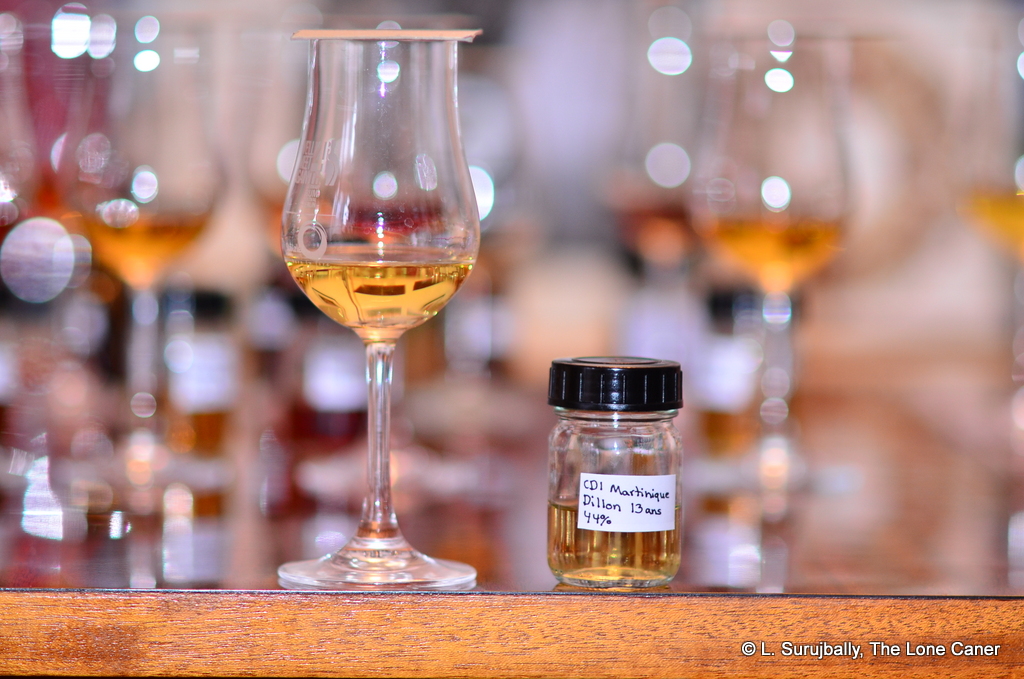
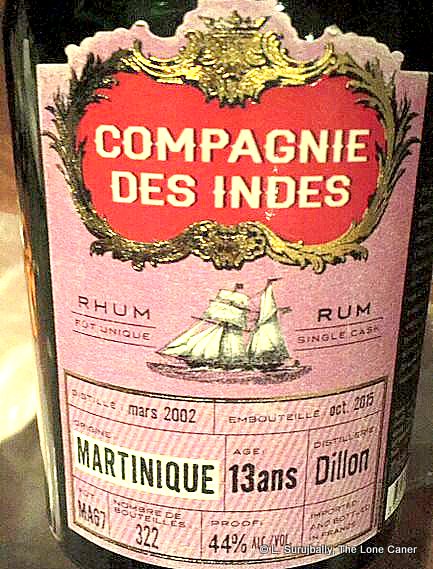 Whatever the case, I must advise you that if you like agricoles at all, those smaller names and lesser known establishments like Dillon should be on your radar. Not all of the rhums they make are double-digit aged, so those that are, even if farmed out to a third party, are even more worth looking at. Just smell this one, for example: it’s a fruitarian’s wet dream. In fact, the aroma almost strikes me like a very good Riesling mixing it up with a 7-up, if you could conceive of such an unlikely pairing. Lighter than the
Whatever the case, I must advise you that if you like agricoles at all, those smaller names and lesser known establishments like Dillon should be on your radar. Not all of the rhums they make are double-digit aged, so those that are, even if farmed out to a third party, are even more worth looking at. Just smell this one, for example: it’s a fruitarian’s wet dream. In fact, the aroma almost strikes me like a very good Riesling mixing it up with a 7-up, if you could conceive of such an unlikely pairing. Lighter than the 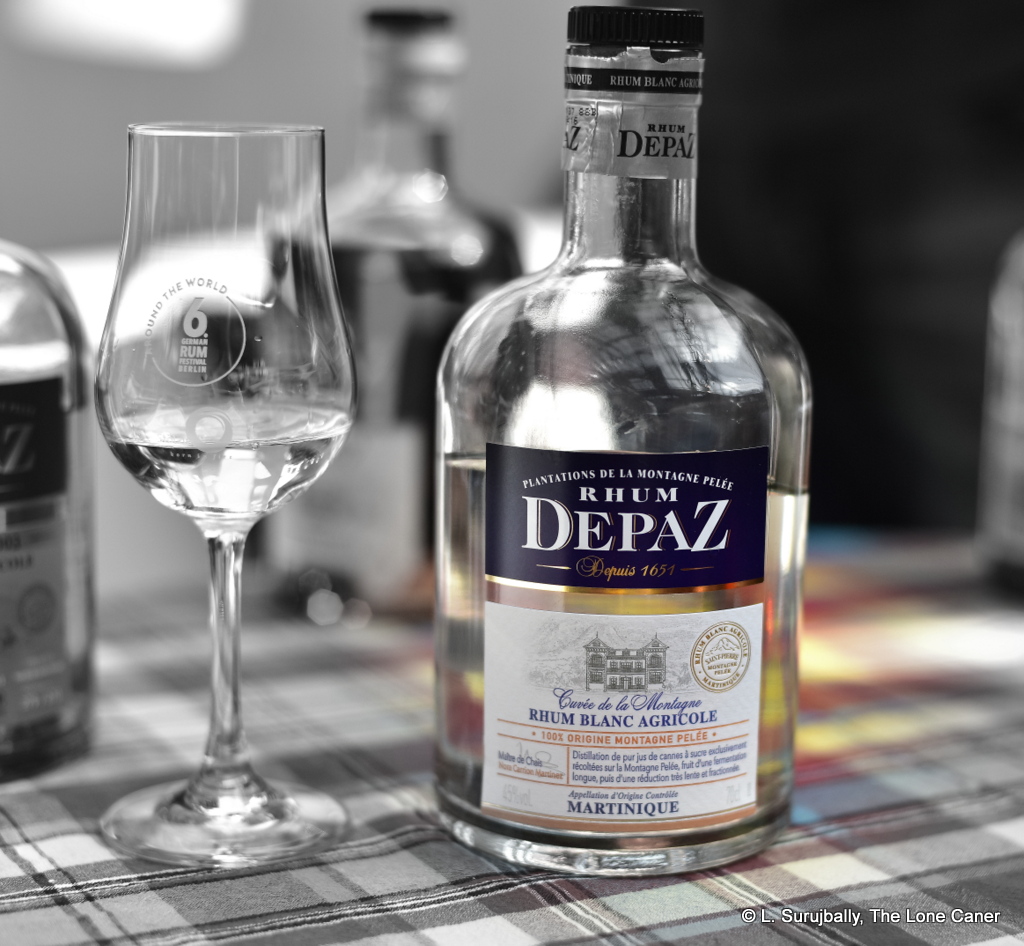
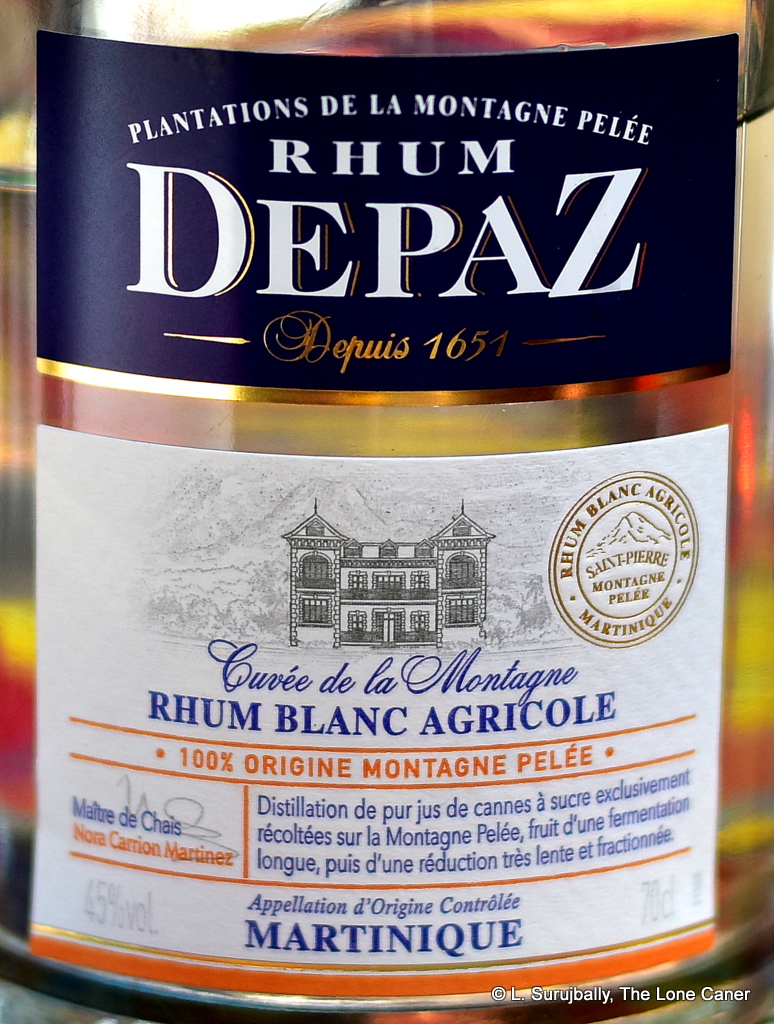 Depaz’s 45% rhum blanc agricole is not one of these uber-exclusive, limited-edition craft whites that uber-dorks are frothing over. But the quality and taste of even this standard white shows exactly how good the
Depaz’s 45% rhum blanc agricole is not one of these uber-exclusive, limited-edition craft whites that uber-dorks are frothing over. But the quality and taste of even this standard white shows exactly how good the 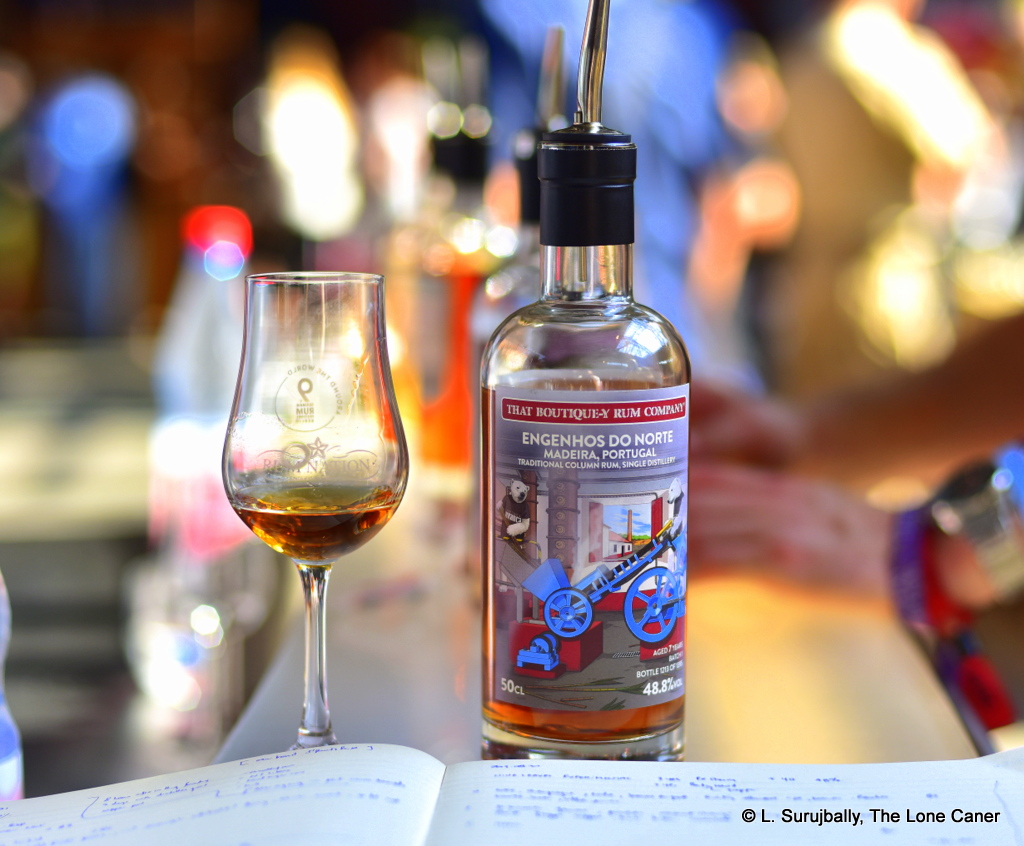
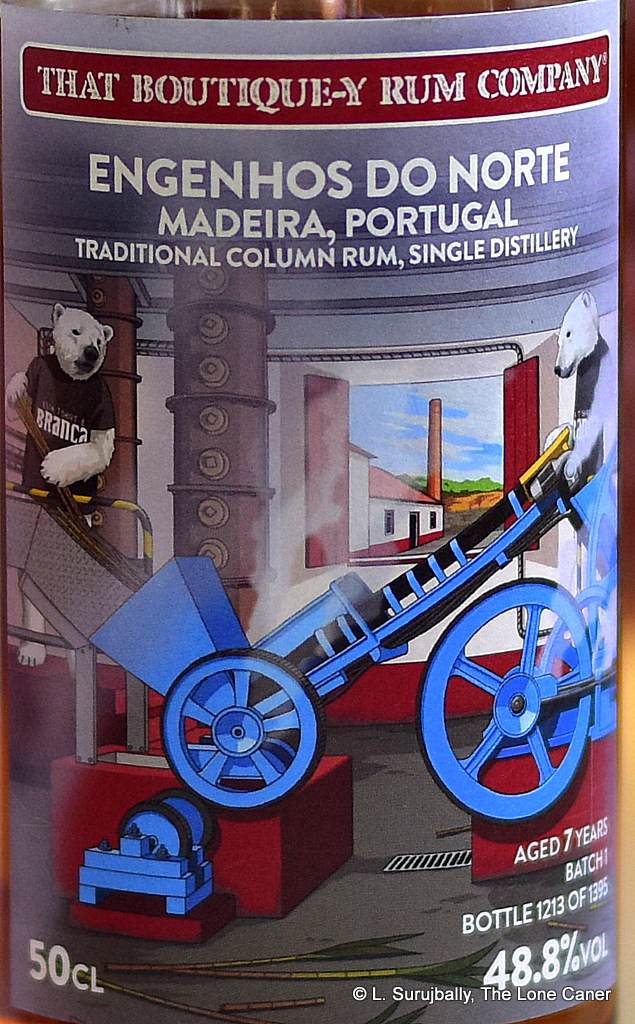 Tasting notes. The nose is nice. At under 50% not too much sharpness, just a good solid heat, redolent of soda, fanta, coca cola and strawberries. There’s a trace of coffee and rye bread, and also a nice fruity background of apples, green grapes, yellow mangoes and kiwi fruit. It develops well and no fault can found with the balance among these disparate elements.
Tasting notes. The nose is nice. At under 50% not too much sharpness, just a good solid heat, redolent of soda, fanta, coca cola and strawberries. There’s a trace of coffee and rye bread, and also a nice fruity background of apples, green grapes, yellow mangoes and kiwi fruit. It develops well and no fault can found with the balance among these disparate elements.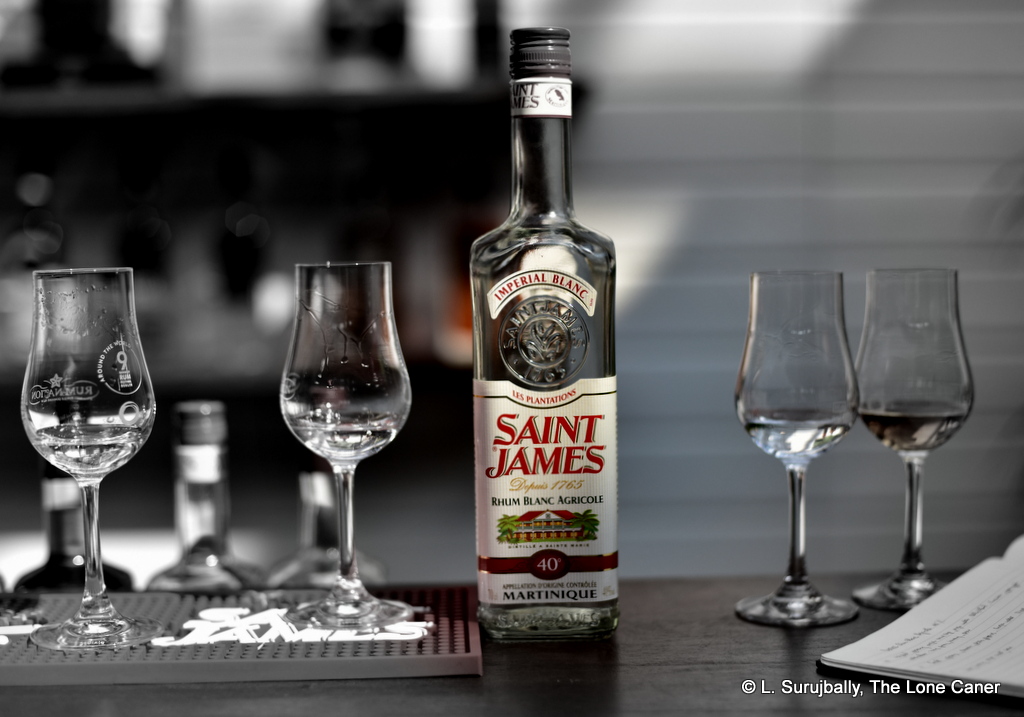
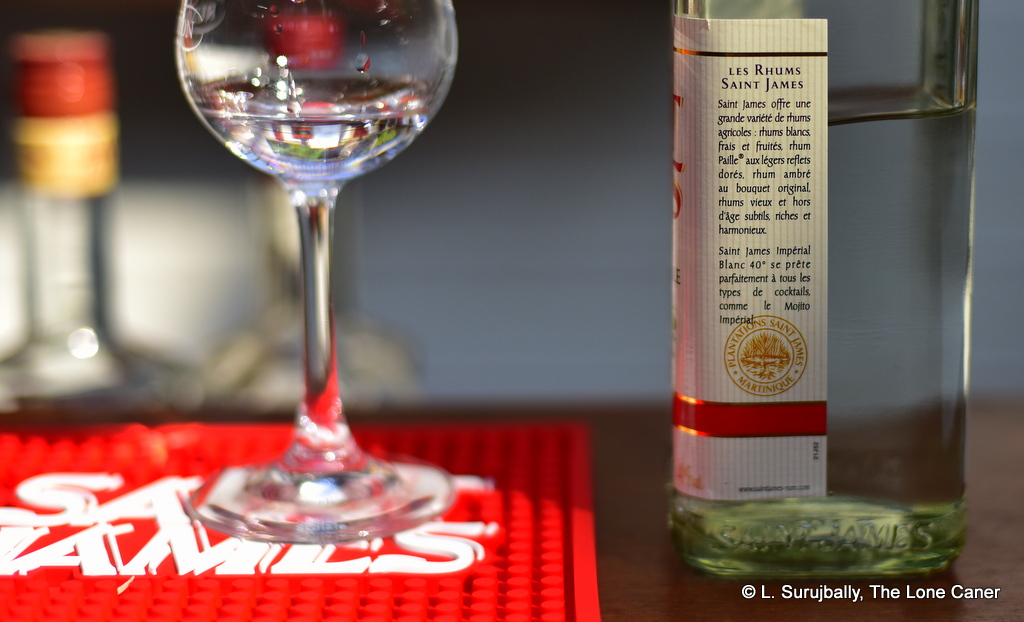
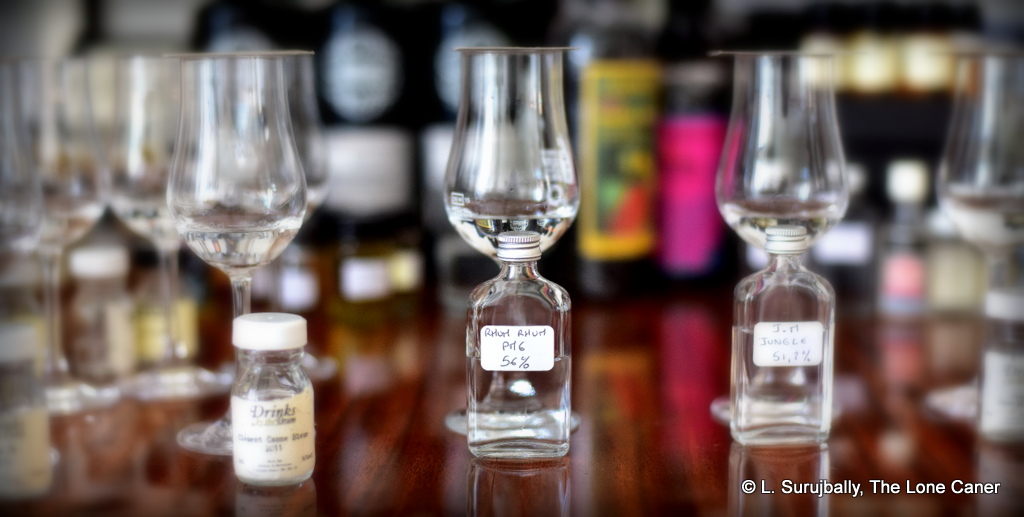
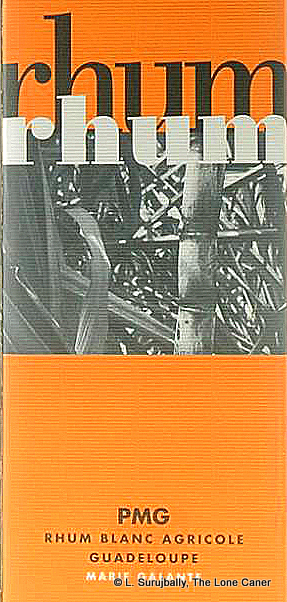 Although the plan was always to sell white (unaged) rhum, some was also laid away to age and the aged portion turned into the “Liberation” series in later years. The white was a constant, however, and remains on sale to this day – this orange-labelled edition was 56% ABV and I believe it is always released together with a green-labelled version at 41% ABV for gentler souls. It doesn’t seem to have been marked off by year in any way, and as far as I am aware production methodology remains consistent year in and year out.
Although the plan was always to sell white (unaged) rhum, some was also laid away to age and the aged portion turned into the “Liberation” series in later years. The white was a constant, however, and remains on sale to this day – this orange-labelled edition was 56% ABV and I believe it is always released together with a green-labelled version at 41% ABV for gentler souls. It doesn’t seem to have been marked off by year in any way, and as far as I am aware production methodology remains consistent year in and year out.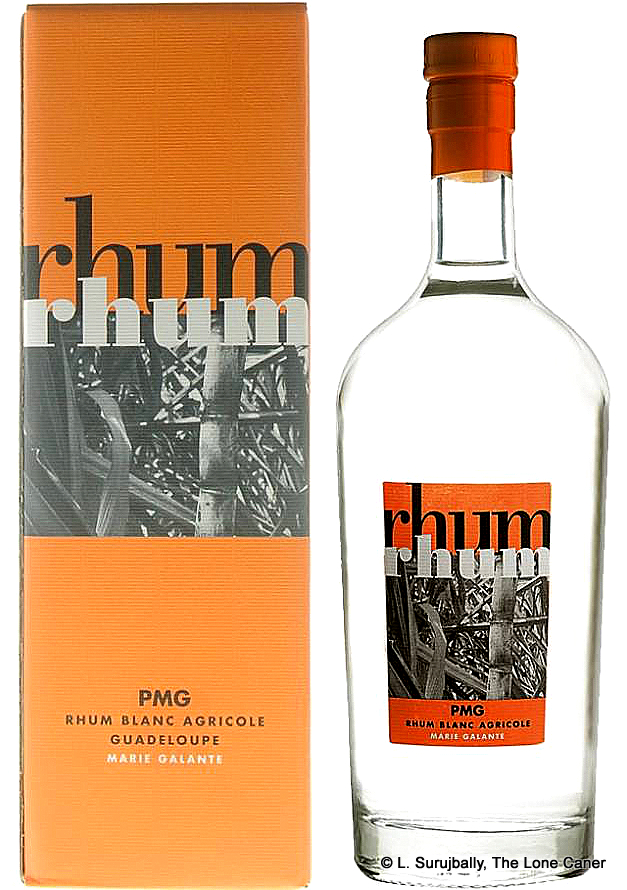 From the description I’m giving, it’s clear that I like this rhum, a lot. I think it mixes up the raw animal ferocity of a more primitive cane juice rhum with the crisp and clear precision of a Martinique blanc, while just barely holding the damn thing on a leash, and yeah, I enjoyed it immensely. I do however, wonder about its accessibility and acceptance given the price, which is around $90 in the US. It varies around the world and on Rum Auctioneer it averaged out around £70 (crazy, since
From the description I’m giving, it’s clear that I like this rhum, a lot. I think it mixes up the raw animal ferocity of a more primitive cane juice rhum with the crisp and clear precision of a Martinique blanc, while just barely holding the damn thing on a leash, and yeah, I enjoyed it immensely. I do however, wonder about its accessibility and acceptance given the price, which is around $90 in the US. It varies around the world and on Rum Auctioneer it averaged out around £70 (crazy, since 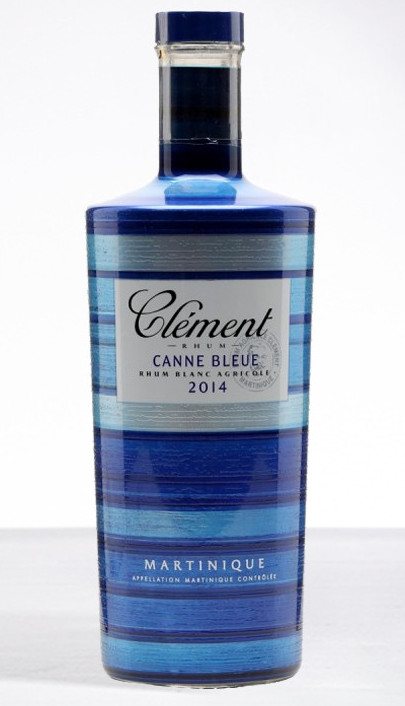 In an ever more competitive market – and that includes French island agricoles – every chance is used to create a niche that can be exploited with first-mover advantages. Some of the agricole makers, I’ve been told, chafe under the strict limitations of the AOC which they privately complain limits their innovation, but I chose to doubt this: not only there some amazing rhums coming out the French West Indies within the appellation, but they are completely free to move outside it (as
In an ever more competitive market – and that includes French island agricoles – every chance is used to create a niche that can be exploited with first-mover advantages. Some of the agricole makers, I’ve been told, chafe under the strict limitations of the AOC which they privately complain limits their innovation, but I chose to doubt this: not only there some amazing rhums coming out the French West Indies within the appellation, but they are completely free to move outside it (as 